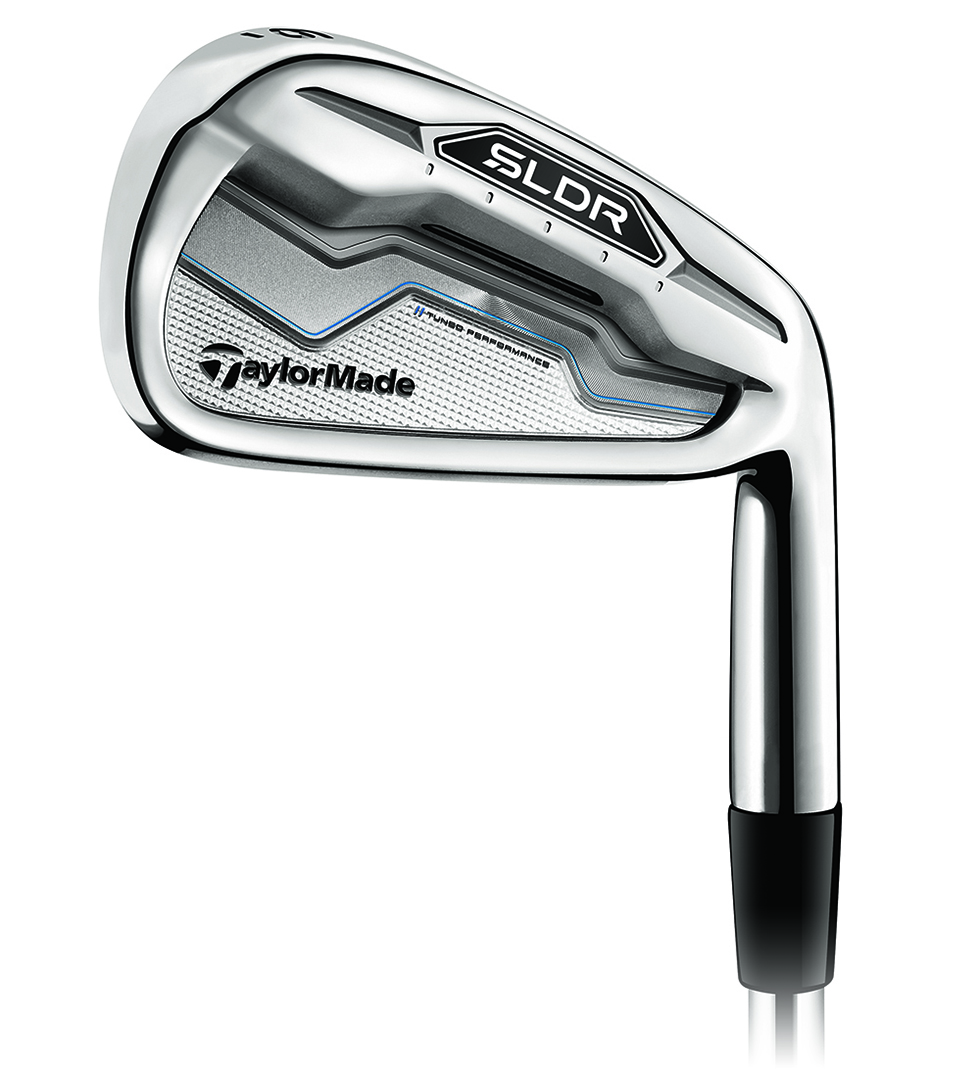 Anybody who has paid any attention at all to the golf equipment industry in the last few years knows that TaylorMade tends to flood the market with club after club, each promising to add more yardage than the last. While that hasn’t changed too much, the company has slowed things down and trimmed their offerings back a bit. Earlier in the year, the company re-introduced the Tour Preferred line of clubs which featured muscle backs, muscle cavities, and cavity back models. While consumers should be able to find a set that fits their game there, the company has given us one more option, the SLDR irons.
Anybody who has paid any attention at all to the golf equipment industry in the last few years knows that TaylorMade tends to flood the market with club after club, each promising to add more yardage than the last. While that hasn’t changed too much, the company has slowed things down and trimmed their offerings back a bit. Earlier in the year, the company re-introduced the Tour Preferred line of clubs which featured muscle backs, muscle cavities, and cavity back models. While consumers should be able to find a set that fits their game there, the company has given us one more option, the SLDR irons.
With the SLDR irons, TaylorMade hopes to follow the success that they have seen with the drivers and woods of the same name. Many golfers found longer drives by lofting up with a club with low and forward CG, and with the SLDR irons, the company hopes to add more distance throughout your bag. Read on to see if we think the SLDR irons are as good as TaylorMade says they are or if they are just another set soon to be replaced and forgotten.
Product Specs
For the purpose of this review, I received a 4-AW set of the TaylorMade SLDR irons. The clubs came equipped with the new KBS Tour C-Taper 90 shafts in stiff flex and the stock TaylorMade grip. While the grips are solid (they are essentially the GolfPride Tour Velvet), I prefer wrap grips and will eventually switch them to a PURE Wrap. Here are the club specs (note that I’ve also included the info for the 3 iron and SW even though they was not part of my set make up).
Club Loft Lie Length Bounce Swing Weight ---- ---- --- ------ ------ ------------ 3I 19° 60.5° 38.75" 0.0° D2 4I 21° 61.0° 38.25" 0.5° D2 5I 24° 61.5° 37.75" 1.5° D2 6I 28° 62.0° 37.25" 2.5° D2 7I 32° 62.5° 36.75" 3.5° D2 8I 36° 63.0° 36.25" 4.5° D2 9I 41° 63.5° 35.75" 5.5° D2 PW 46° 64.0° 35.50" 7.0° D2.5 AW 51° 64.0° 35.50" 8.0° D2.5 SW 56° 64.0° 35.25" 8.0° D4.5/D5
Design and Technology
If there is a company that is more on the cutting edge of golf technology than TaylorMade, I don’t know what it is. As a company they don’t seem to be afraid of trying out new ideas or going a different way from the majority. At times, this approach can make one feel that the clubs are gimmicky, but other times you hit a home run and make real changes in the industry. Because of this, it should be no surprise to anybody, that these irons packed full off different technology and features.
Headlining the list of features is the company’s Speed Pocket technology. Nearly every iron set the company has produced over the last few years (except for the TP MB irons) have featured this technology. However, never content, the company keeps making slight tweaks here and there and they feel like they have the best version of it yet with the SLDR irons. For those unaware, the Speed Pocket is a thin, elastomer filled, cutout on the sole of the long and mid irons designed to allow faster ball speeds across the face of the club. This leads to shots that fly further with more consistency. The change this time around is ThruSlot Technology; in which the center portion of the Speed Pocket extends all the way from the sole into the cavity of the club. The long irons in the set also feature a deep undercut and all of the irons have an extremely thin face. All of these features allow for a face that can flex more and produce greater ball speeds.
Another change that the company is touting with these clubs is the use of the new KBS C-Taper 90 shafts. The original C-Taper shafts have been among the favorites of better players for their high performance, but the downfall of those shafts for many is that they are heavy. The lighter weight version promises to give all of the benefits of the originals, and paired with the SLDR heads, they promote a high launch and increased spin control.
Esthetics
For what these are, I think that these clubs have really good looks. Obviously many people, myself included, prefer the smaller, sleeker shapes of blades or irons with slight cavity backs, but these aren’t far off. While many clubs in the game improvement category have super thick top lines or massive amounts of offset, the SLDR irons more resemble a players club that has been blown up just a bit.
The majority of the club sports a beautiful, polished chrome finish. Above the cavity of the club is a “SLDR” badge, and inside the cavity is the TaylorMade wordmark. There are also some lines that follow the overall shape of the cavity. Overall, its a simple design from a looks perspective and one I generally like.
One thing that I did find a little odd about the clubs is that there seems to be a lack of continuity between the looks of the longer irons and the wedges. In the longer clubs, the cavity features a patterned metal along with a blue line that divides the cavity up; the wedges have none of this and have a much plainer look.
At address, I feel that the clubs hide their size. While they are larger than the clubs in the Tour Preferred line, the top lines are only marginally thicker and the amount of offset is kept pretty low. Even in the long irons, you can’t see the cavity at address. There is enough meat behind the ball to give you the confidence that you can’t miss without having so much that you feel like you could dig a hole with them.
The bottom line is this, are there better looking clubs out there? Yeah, but I’d say you’d be hard to find a set that is as good looking as these with this amount of forgiveness.
Performance
From a performance standpoint, there is a lot to like about TaylorMade’s newest sticks. We’ve already discussed the fact that they look a bit like a player’s club blown up a bit, and that increase in size has definitely made for a more forgiving club.
To start, we’ll talk about distance, because, after all, that’s what most people are looking for more of. Compared to my previous set of Tour Preferred MC irons, these clubs are longer, not by a lot, but still longer. If I had to put a number on it, I’d say somewhere around 1/2 a club compared to my previous set, so a 7 iron would put me at 155 yards instead of 150. What is probably more important is the consistency in which shots travel the same distance. It does no good to have a 7 iron that you can blast out there a long ways if it only goes that distance some of the times. Like my TP MC irons, these clubs consistently hit the ball the same distance time after time. Miss it a bit on the heel side or toe it a bit, no big deal, it’s still going the same distance.
Obviously many will claim that the increase in distance is due to nothing more than stronger lofts, and while that is most definitely a factor, it is a bit simplistic to say that is the only factor. Other design elements such as the thinner face, location of the club’s weight, etc. have just as much, if not more, to due with the clubs increased distance. Also, for instance, the 6 iron flies the way I’d expect my 6 iron to fly; ditto for the 9 iron or any of the others.
Where I’ve seen the biggest improvement in my game due to these clubs is in the long irons. I currently hover around a 10 handicap, and at times long irons can still be a challenge to the point that the longest iron that I felt comfortable hitting was a 6 iron. That isn’t to say that I can’t hit a 4 or 5 iron (I can), but we’ll just say that there was a little more doubt in those shots. With the SLDR irons, there is less doubt on those shots and I feel much more comfortable over the ball on those 180 yard shots.
While I’ve always been somewhat of a picker of the golf ball, as my game has progressed I’ve learned to take more and more of a divot. For me, I haven’t had issues with regards to the clubs turf interaction. I don’t find the club getting stuck through the swing or larger than normal divots for me. Out of the rough, there is enough club there that I don’t find the club getting stuck or twisting through impact, which is something that I’ve noticed with clubs with a smaller profile.
KBS has been the stock steel shafts on TaylorMade clubs for a little while now, and this time around, the choice is the C-Taper 90 shaft. As the name implies, the shaft is lightweight and took a range session or two to get used to the different weight profile. My experience with this club and shaft combination is that they launch the ball high. The ball seems to get up quick and stay there for a while. That isn’t to say that I’ve had problems with the ball ballooning on me, because I haven’t, but the change is noticeable. It is also to be expected as that is one of the features that the company touts with these clubs. If for whatever reason you are looking for a lower ball flight or feel like you already hit the ball too high, the SLDR irons with these shafts may not be the best option; however, there are obviously other shaft options available.
That brings us to these clubs feel, which to me, is kind of right in the middle. Being a cast club, and considering their size, one might expect these to loose a bit in this department, and while they aren’t in the upper echelon of feel, the clubs still feel solid through impact. The thing with the SLDR irons, is nearly every shot feels the same and some better players might appreciate having more feedback than these give. That’s kind of the trade off though, you loose a bit of the feedback, but you get a lot more forgiveness; I think that’s a deal that many would take.
Conclusion
The question is, are these clubs worth the price to put them in the bag, or is TaylorMade going to soon replace them with a better version with even newer technology? My answer is this: If you are looking for a progressive set with simple looks, moderate size and great performance, you’d be hard pressed to find a better set than these. If you struggle even a bit with off-centered hits or getting the ball up into the air, these are going to help you out with both. I can’t say that the company won’t be pushing something they say is even better in the next six months (they probably will), but it would be hard to go wrong with this set.

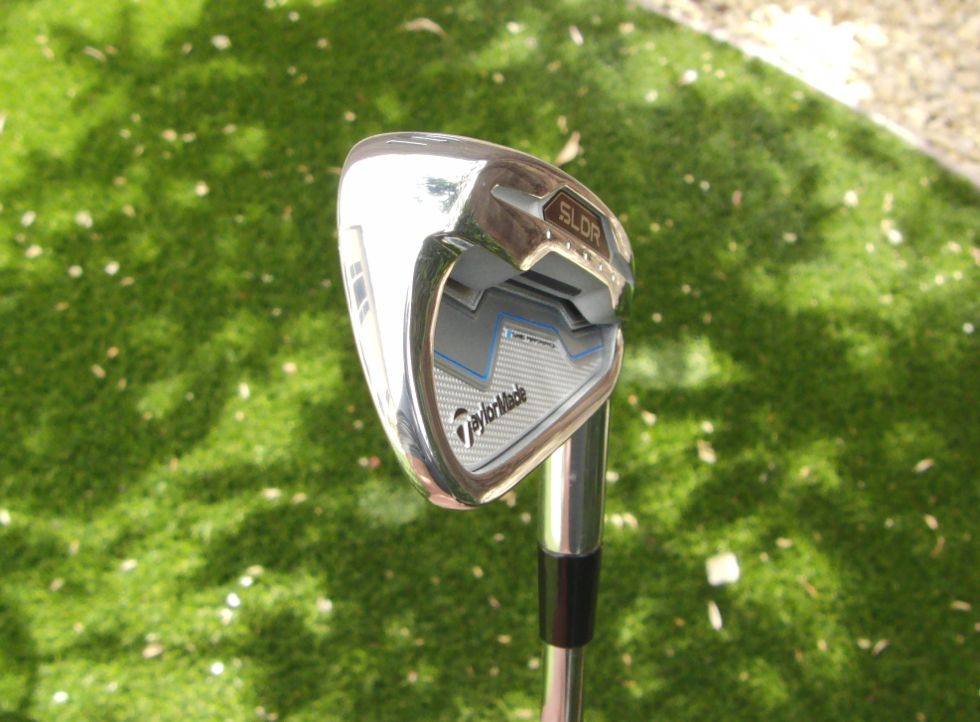
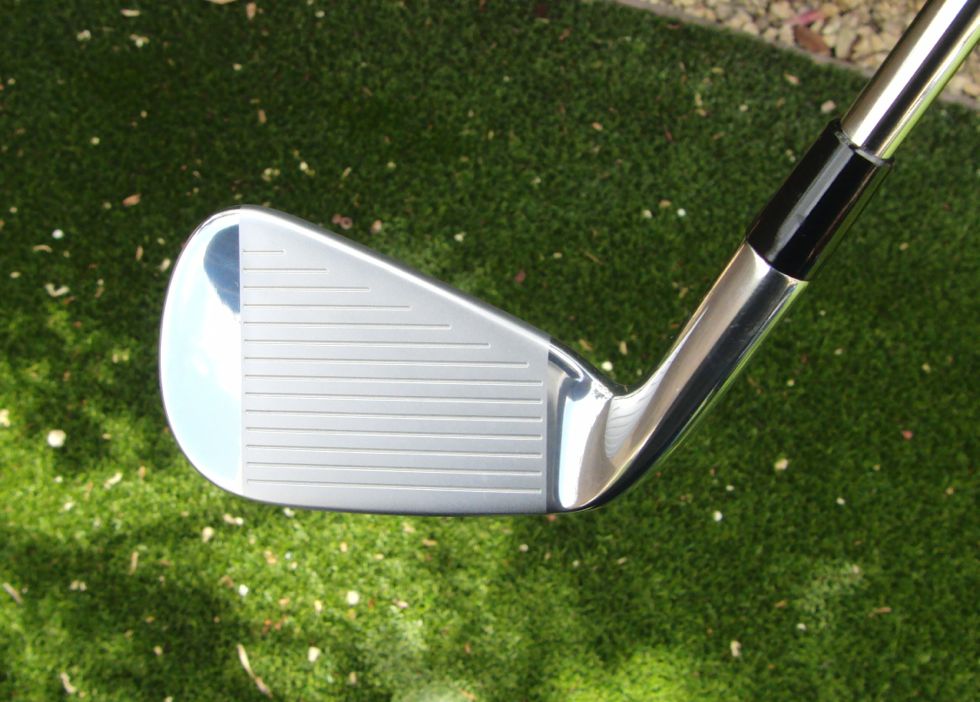
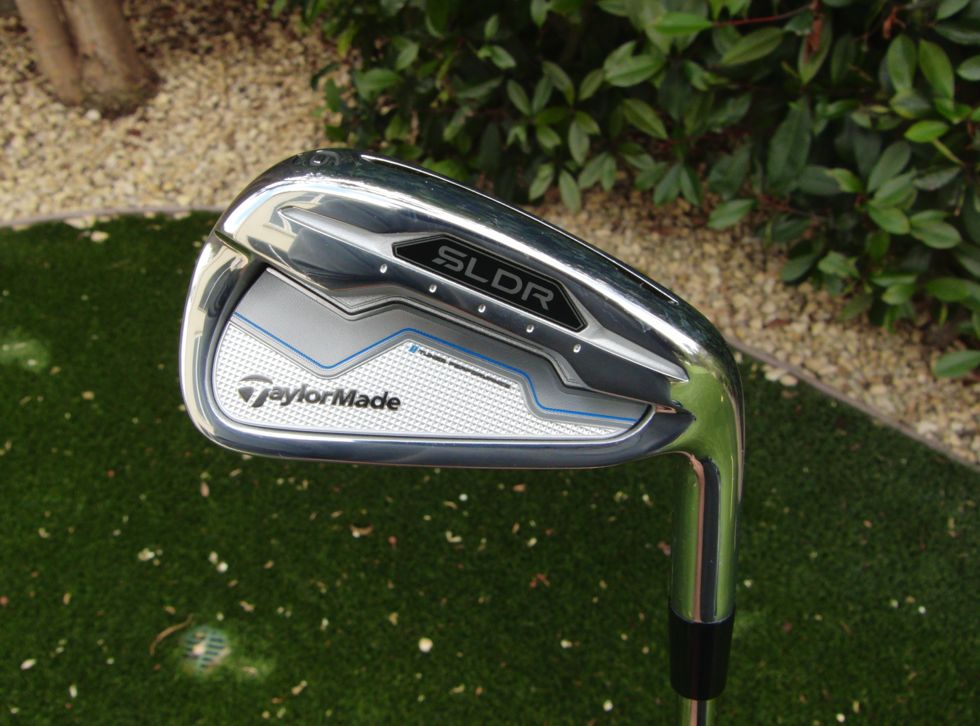
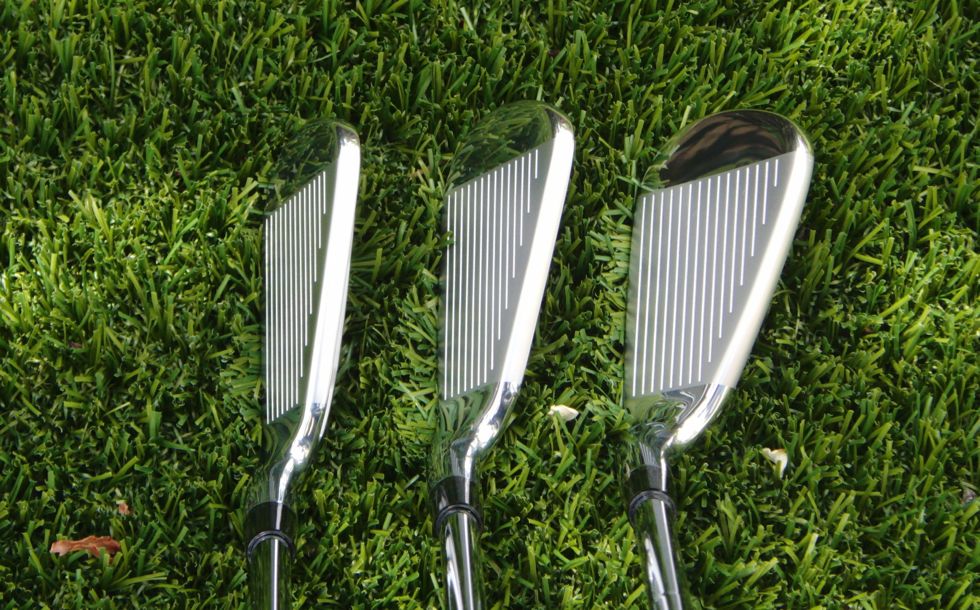
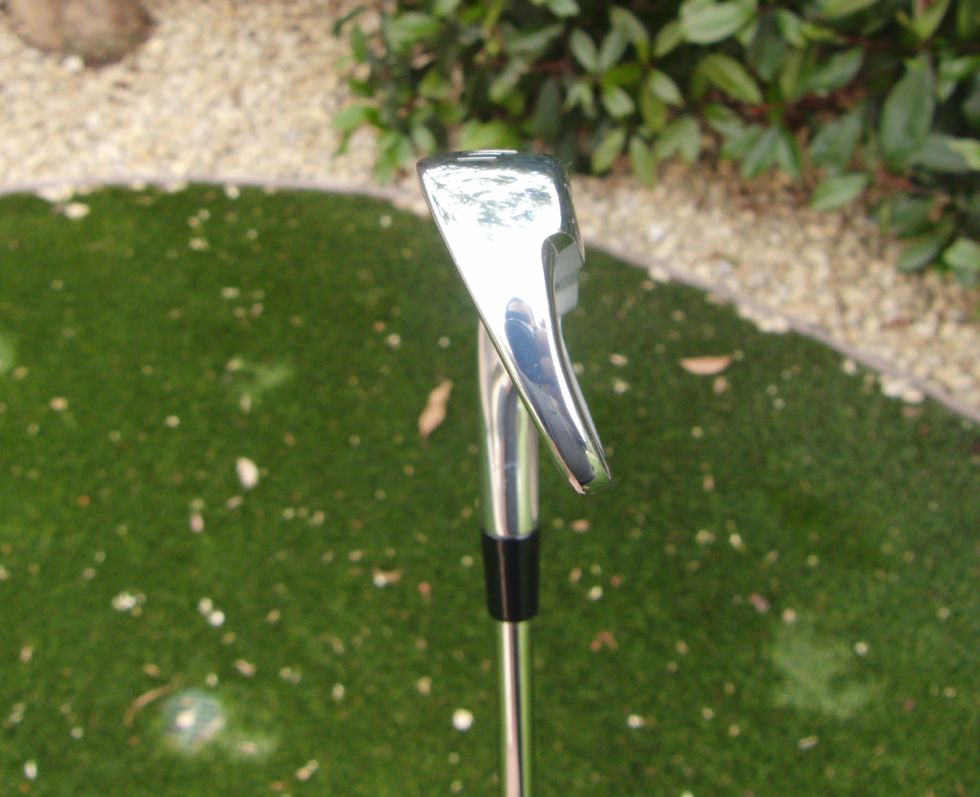

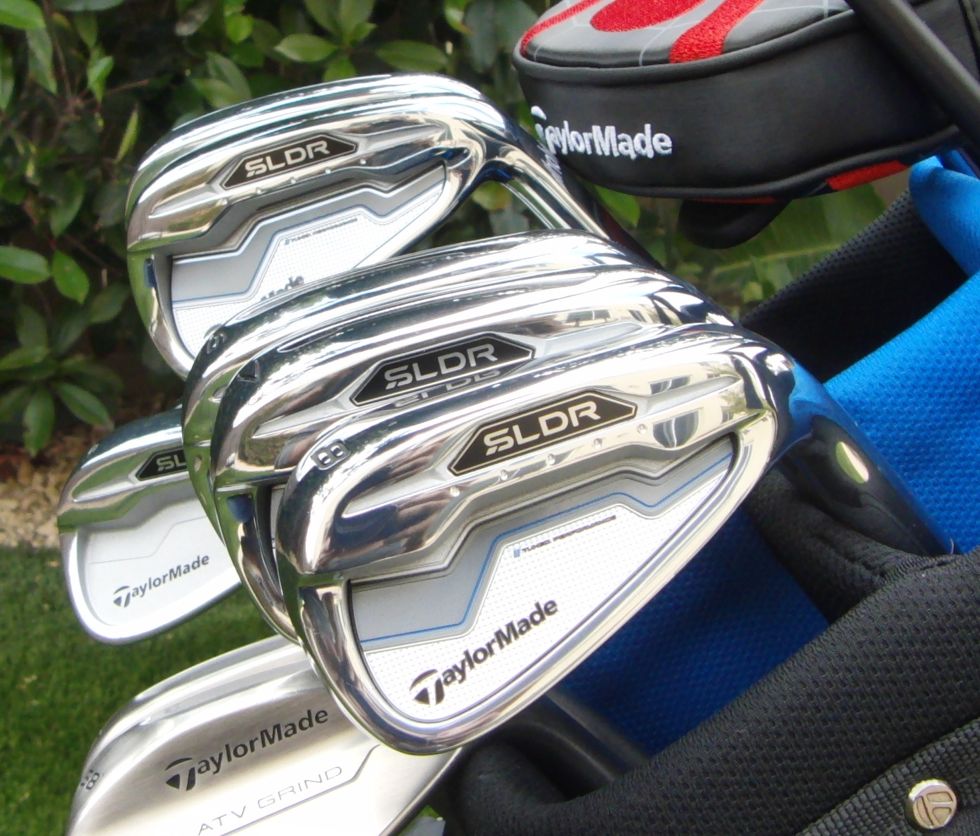
The combination of taylormades express line for new products coupled with the growth of sites like ebay and gumtree (maybe craigs list in US) is working wonders for brands like Ping and Titlest, even S56 irons are still more expensive that say burner 2.0s and they are much older (albeit a different style of club the principle is sound)
The SLDR irons could be used by a wide range of golfers. It would be especially important with this model to make sure you have the RIGHT SHAFT shaft for your swing. SLDR heads launch ball high and clean – so, if you have decent clubhead speed, you may want to avoid high-launch shafts.
Thank you for the review. According to KBS golf shaft website, the KBS Tour C Tapered specs are the lowest launch and spin shafts in their lineup weighing in at 120g. Independent testing of the C-TAPER resulted in 5% lower trajectory, 5% less spin and 5% more distance. The Tour 90 is at the other of their shaft spectrum.
The SLDR lofts are considered “normal” and within range of modern club manufacturing. I am baffled when reviews and comments indicating a high ball launch. Is this their opinions or specs from say, a Trackman swing monitor? According to TaylorMade, the SLDR irons target the low to mid-handicapper, seeking feel and forgiveness across the clubhead face.
Hello
Just wondering in witch group would you categorize the SLDR irons
Game improvement ? Player improvement.?
I am novice started golfing last year. Looking for a forgiving set.
Stiff flex or regular steel or graphite are also my questions witch combination would be most forgiving.
Thx
Does anybody know if they had a tour issue in these clubs as a person is selling a set and they say it is a tour issue as the T stamp is at the end of the serial number. And if they did what is the difference from the original club. Thanks